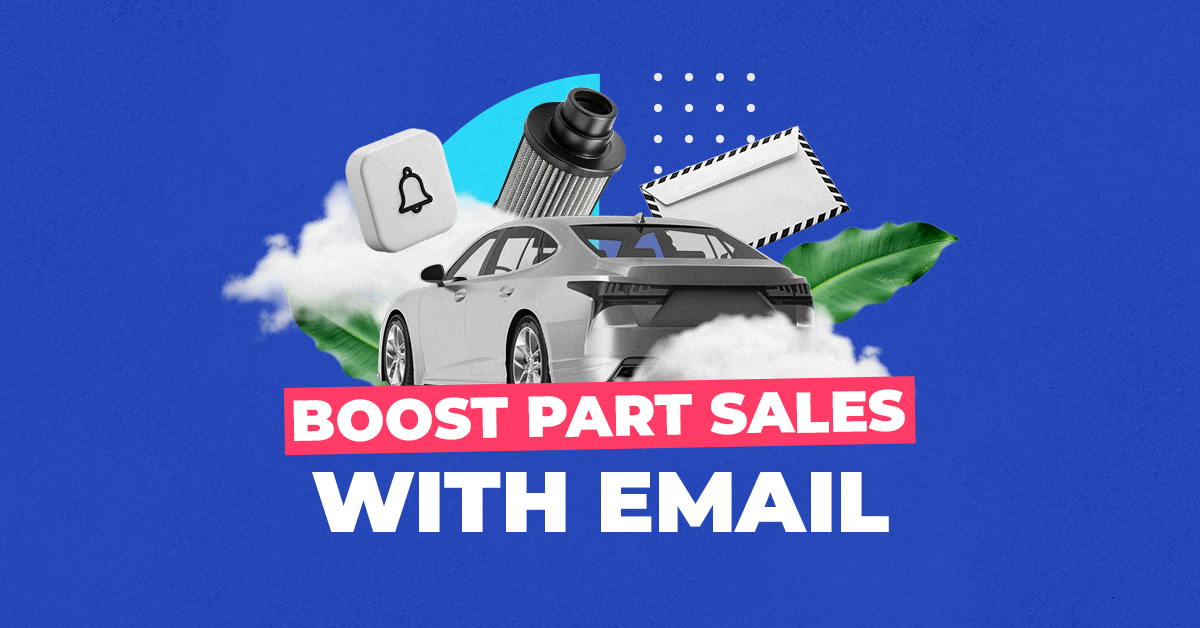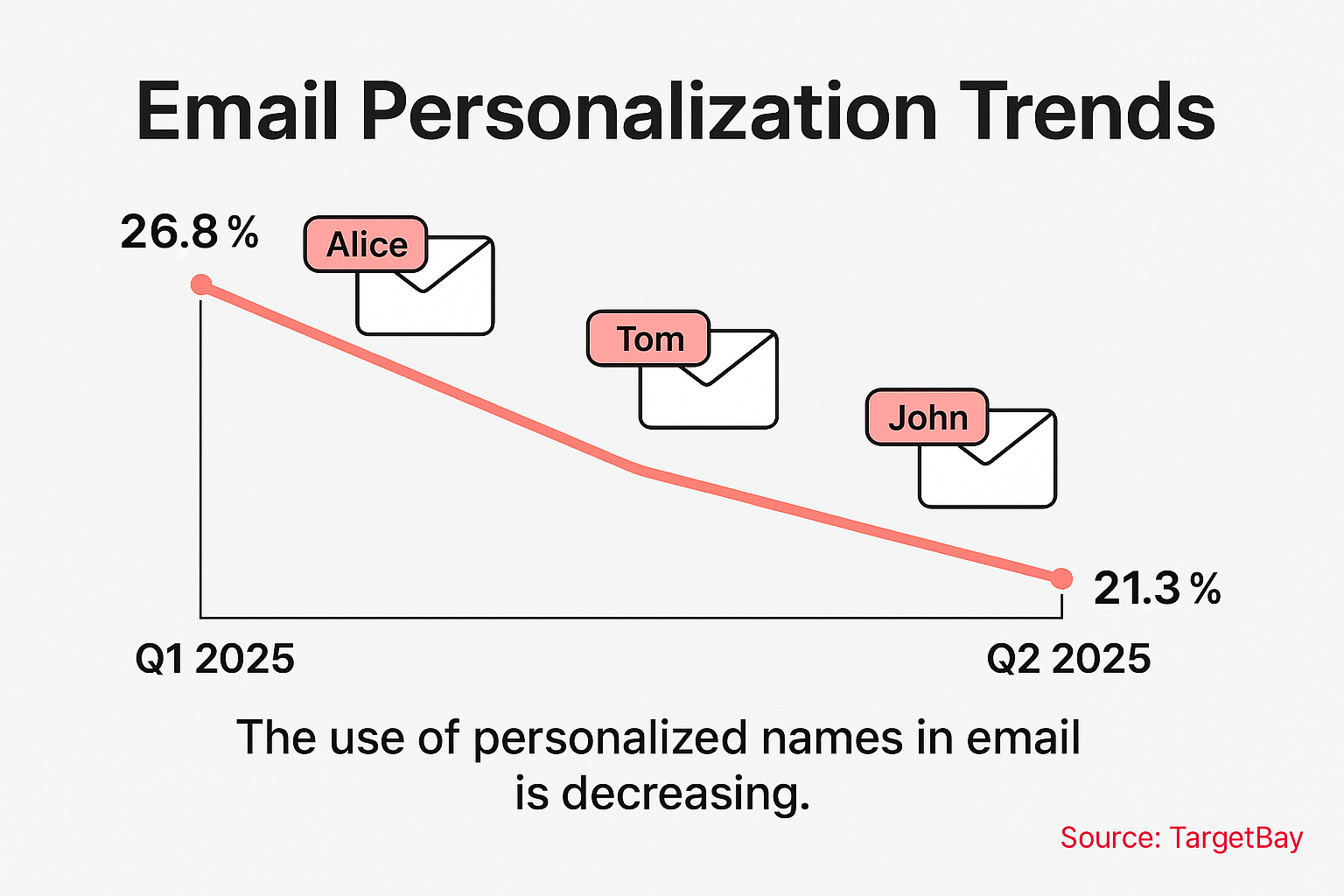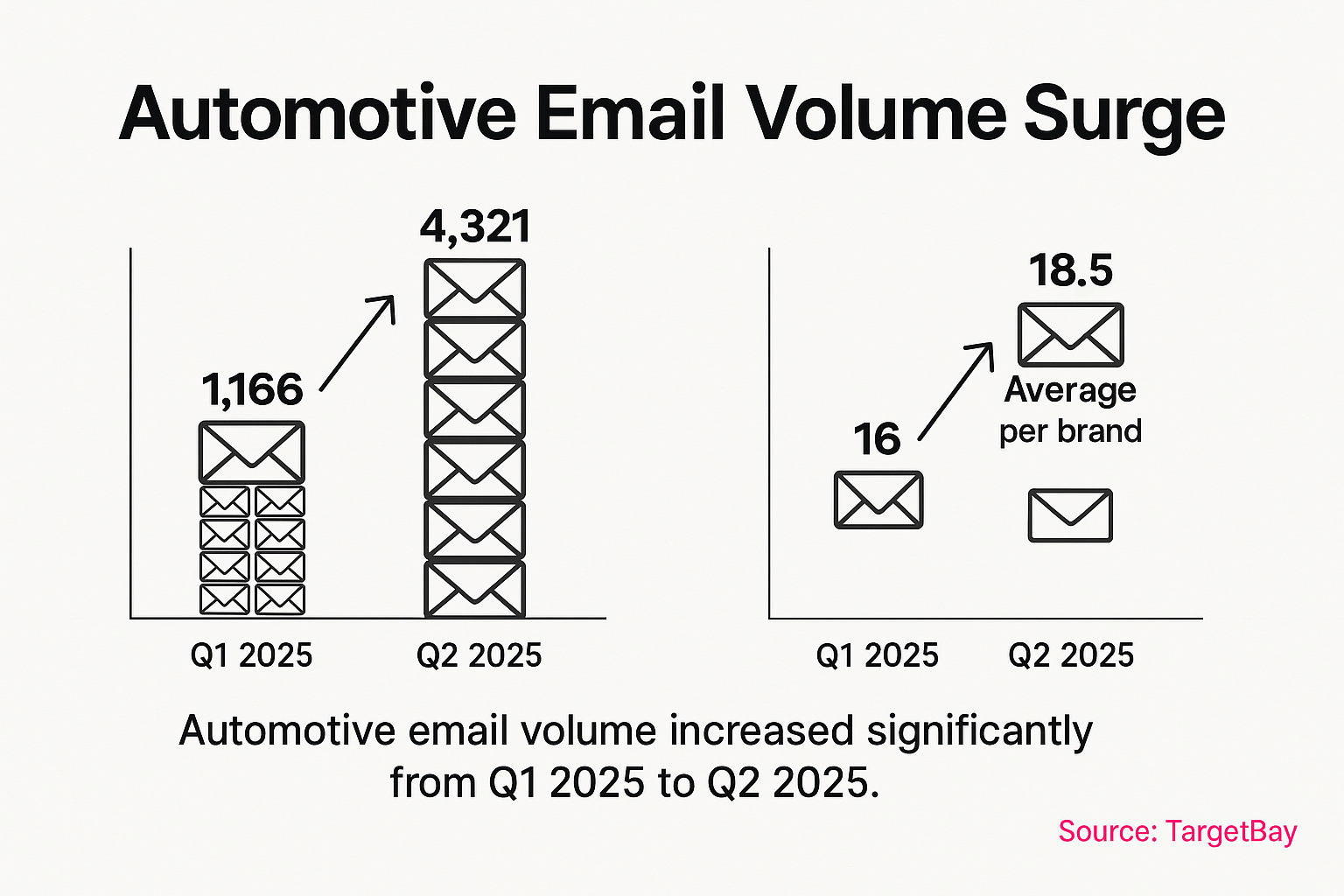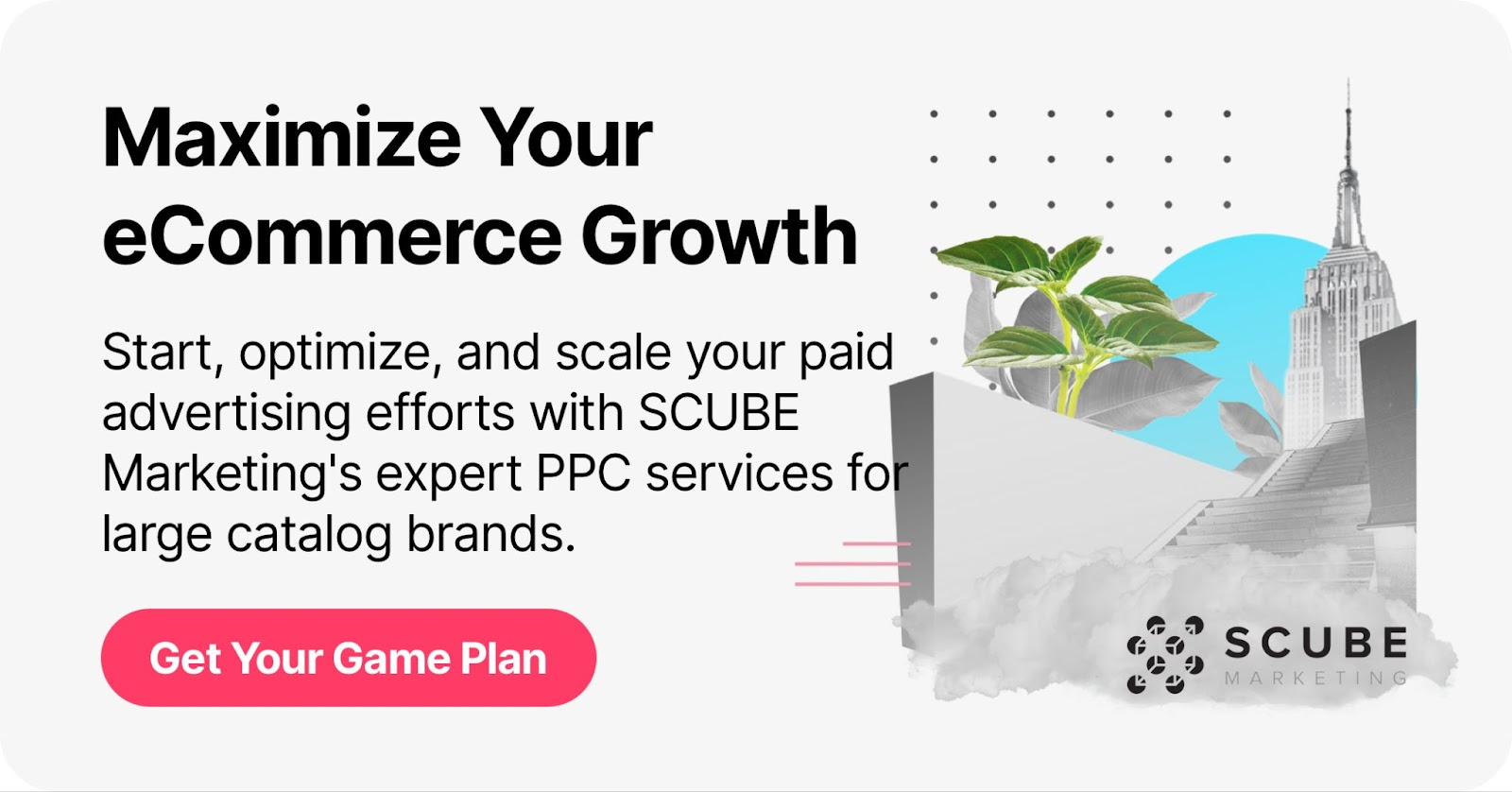
I've watched countless auto parts retailers struggle with the same frustrating challenge: they get customers to buy once, then those same customers seemingly vanish into the digital void. You know the feeling - someone purchases a set of brake pads from your store, and six months later when they need an oil filter, they're shopping with your competition down the street. It's like watching potential revenue slip through your fingers like motor oil.
Here's what I've learned after working with dozens of automotive aftermarket businesses: email marketing isn't just another marketing channel for auto parts retailers - it's your direct line to building lasting customer relationships. When done right, it transforms one-time buyers into loyal customers who think of your store first every time their vehicle needs attention. That's nearly universal reach, which is why I get excited talking about email's potential for parts retailers.
In this guide, I'll walk you through the specific email marketing strategies that work for auto parts retailers. We'll cover everything from segmenting your customer base by vehicle type to creating automated sequences that nurture leads into repeat buyers. You'll discover how to personalize your messaging for different customer segments, build retention campaigns that keep you top-of-mind, and measure the effectiveness of every campaign you send. By the end, you'll have a clear roadmap for turning your email marketing into a reliable sales driver.
The biggest mistake I see auto parts retailers make is treating all their customers the same in their email campaigns. A professional mechanic buying wholesale quantities of filters has completely different needs than a weekend DIY enthusiast picking up wiper blades. When you send the same generic email to both segments, you're essentially speaking to no one effectively.
Smart segmentation starts with understanding the distinct customer types in your database. Professional mechanics typically purchase in bulk, need technical specifications, and value speed and reliability above all else. DIY enthusiasts want detailed installation guides, compatibility information, and often appreciate educational content about car maintenance. Fleet managers focus on cost efficiency and bulk pricing, while performance enthusiasts seek specialized parts and modifications.
|
Customer Segment
|
Purchase Behavior
|
Email Content Preferences
|
Messaging Focus
|
|---|---|---|---|
|
Professional Mechanics
|
Bulk purchases, regular orders, brand-specific needs
|
Technical specs, product availability, wholesale pricing
|
Efficiency and reliability
|
| DIY Enthusiasts |
Research-heavy, education-focused, seasonal purchases
|
How-to guides, compatibility checks, step-by-step tutorials
|
Empowerment and education
|
|
Fleet Managers
|
Volume buying, cost-conscious, scheduled maintenance
|
Bulk pricing, maintenance schedules, cost savings
|
Budget efficiency
|
|
Performance Enthusiasts
|
Premium parts, modification-focused, brand loyalists
|
New product launches, performance data, exclusive access
|
Performance gains
|
The data supports this targeted approach. Recent automotive email marketing analysis shows that personalization in subject lines reached 21.3% in Q2 2025, though it declined from 26.8% in Q1, indicating room for improvement in this area (Source: TargetBay). This presents an opportunity for auto parts retailers to stand out by implementing more sophisticated personalization strategies.

I recommend collecting vehicle information at the point of sale or through your website registration process. This data becomes gold when you're crafting targeted campaigns. When you know a customer drives a 2018 Ford F-150, you can send them relevant content about maintenance schedules, compatible parts, and seasonal needs specific to their truck. This level of personalization transforms generic marketing into valuable, actionable communication.
Creating detailed customer profiles goes beyond basic demographics. You want to capture purchase history, vehicle information, preferred brands, and engagement patterns.
Track behavioral data like browsing patterns, email open times, and click behavior. If someone consistently opens emails about truck accessories but ignores sedan-related content, that tells you something valuable about their interests. Use this information to refine your segmentation and improve your targeting over time.
Automation is where email marketing gets really exciting for auto parts retailers. I love helping businesses set up systems that work around the clock, nurturing leads and driving sales even while they sleep. The key is understanding that different triggers require different email sequences tailored to where customers are in their buying journey.
Your welcome series for new subscribers should establish your expertise and value proposition immediately. Start with a warm welcome that confirms their subscription and sets expectations for future communications. Follow up with your most valuable content - perhaps a comprehensive guide to seasonal car maintenance or a checklist of essential tools every car owner should have. This positions your store as a trusted resource, not just another parts vendor.
Abandoned cart sequences represent huge revenue recovery opportunities for auto parts retailers. When someone adds brake pads to their cart but doesn't complete the purchase, they're likely comparison shopping or dealing with compatibility concerns. Your first follow-up email should address common hesitations by confirming compatibility and highlighting your return policy. The second email might offer installation tips or customer reviews to build confidence. A third email could include a small discount to overcome price objections.
One sequence that works particularly well for auto parts retailers is the maintenance reminder series. If you know a customer purchased oil and a filter six months ago, you can automatically send them a friendly reminder that it's time for their next oil change, along with links to purchase the necessary parts. This proactive approach positions you as a helpful partner in their vehicle maintenance routine.
While using someone's first name in email subject lines is nice, true personalization for auto parts retailers goes much deeper. I encourage clients to leverage purchase history, vehicle information, and seasonal factors to create truly relevant messages. When you can send someone an email about winter tire options for their specific vehicle model just as temperatures start dropping, you've created marketing that feels like a helpful service.
Dynamic content blocks allow you to show different product recommendations based on customer segments within the same email template. A professional mechanic might see wholesale pricing and bulk options, while a DIY enthusiast sees retail pricing and installation guides - all within the same campaign send.
I've noticed that auto parts customers respond best to content that solves real problems they face with their vehicles. Unlike other retail categories where emotional appeals dominate, automotive aftermarket customers want practical, actionable information they can use. This creates a perfect opportunity for parts retailers to demonstrate expertise while building trust.
Educational content performs exceptionally well in this space. Create email content around seasonal maintenance needs, troubleshooting common issues, and proper installation techniques. When you send an email titled "5 Signs Your Brake Pads Need Replacement" that includes both the warning signs and links to compatible parts for their vehicle, you're providing genuine value while naturally promoting your products.
Product-focused content should emphasize compatibility, quality, and value rather than just features and benefits. Auto parts customers need confidence that they're buying the right part for their specific application. Include fitment information, OE part numbers, and clear compatibility details in your product emails. Customer reviews and installation photos add credibility and help overcome purchase hesitations.
|
Content Type
|
Purpose
|
Best Practices
|
Frequency
|
|---|---|---|---|
|
Educational Guides
|
Build authority and trust
|
Focus on common problems and seasonal needs
|
Weekly
|
|
Product Spotlights
|
Showcase new or featured items
|
Include compatibility info and customer reviews
|
Bi-weekly
|
|
Seasonal Campaigns
|
Drive timely purchases
|
Align with weather patterns and maintenance schedules
|
Monthly |
|
Customer Stories
|
Social proof and engagement
|
Feature successful installations and problem-solving
|
Monthly
|
Seasonal content opportunities abound in the auto parts industry. Winter tire and battery campaigns, summer cooling system maintenance, spring vehicle inspections, and fall winterization all provide natural email marketing themes. The key is timing these campaigns appropriately for your geographic location and customer base.
Auto parts customers heavily rely on social proof before making purchases. They want to know that other customers with similar vehicles had success with the parts they're considering. Incorporating customer reviews, installation photos, and success stories into your email campaigns builds credibility and reduces purchase anxiety.
Consider creating a monthly customer spotlight email featuring a successful installation or repair project using your parts. Include before and after photos, the customer's story, and links to the products used. This type of content not only provides social proof but also shows the practical application of your products in real-world scenarios. For more insights on leveraging customer feedback, check out our guide on [customer reviews for auto parts ecommerce](https://www.scubemarketing.com/blog/customer-reviews-auto-parts-ecommerce).
Once you've mastered the basics of segmentation and automation, it's time to explore more sophisticated strategies that can really set your auto parts business apart from competitors. I've seen these advanced tactics generate significant results for retailers willing to invest the extra effort in implementation.
Behavioral trigger campaigns represent one of the most powerful tools in your arsenal. These go beyond simple browsing behavior to trigger emails based on specific actions that indicate purchase intent or customer needs. For example, if someone views brake pad product pages multiple times over several days, that's a strong signal they may need to replace their brakes soon. An automated email offering a brake maintenance checklist along with compatible parts can capitalize on this timing perfectly.
Predictive analytics can help you anticipate customer needs based on purchase history and typical maintenance intervals. If a customer bought an air filter eight months ago, you can automatically trigger a maintenance reminder email suggesting it's time to check and potentially replace that filter. This proactive approach positions your business as a helpful maintenance partner rather than just a transaction-focused retailer.
The data shows interesting trends in email timing and frequency. Automotive email volume increased significantly from 1,166 in Q1 to 4,321 in Q2 2025, with average emails per brand rising from 16 to 18.5 (Source: TargetBay). More importantly, there's been a growing preference for weekend and evening sends, with stronger use of urgency in calls-to-action proving effective for engagement.

Mobile optimization has become critical, especially considering that 98.8% of Q2 emails in the automotive sector included preview text, with more urgency and better alignment with subject lines compared to Q1 (Source: TargetBay). Your emails need to look perfect on smartphones since many customers check email during downtime at work or while browsing in the evening.
Preview text optimization deserves special attention. This is the snippet that appears next to your subject line in most email clients, and it's your second chance to convince someone to open your message. Instead of letting it default to "View this email in your browser," craft compelling preview text that complements your subject line and provides additional context about the email's value.
For comprehensive mobile optimization strategies that apply to email marketing, explore our automotive mobile optimization guide.
Customer retention in the auto parts industry requires a different approach than other retail categories. You're not just competing on price or convenience - you're building trust around critical vehicle safety and performance components. Email marketing becomes your tool for nurturing long-term relationships that keep customers coming back to your store first when they need parts.
Create a VIP program for your most valuable customers that provides early access to sales, exclusive content, and special pricing tiers. Professional mechanics who order regularly might appreciate wholesale pricing access through email-exclusive codes, while DIY enthusiasts might value early notification of tool sales or educational workshops.
Loyalty programs work particularly well when tied to purchase frequency and total spending. Email automation can track customer lifetime value and automatically move customers into higher tiers with better benefits. When someone reaches a spending threshold, trigger a congratulatory email that unlocks new benefits and makes them feel valued for their continued business.
|
Loyalty Tier
|
Qualification
|
Email Benefits
|
Exclusive Access
|
|---|---|---|---|
|
Standard Customer
|
First purchase
|
Weekly deals, maintenance tips
|
General sales and promotions
|
|
Preferred Customer
|
$500+ annual spending
|
Early sale access, exclusive content
|
Member-only pricing on select items
|
|
VIP Customer
|
$1,500+ annual spending
|
Personal account manager, custom recommendations
|
Wholesale pricing, priority support
|
|
Professional Account
|
Business verification + volume
|
Trade-specific content, bulk pricing alerts
|
Net payment terms, professional discounts
|
Birthday and anniversary campaigns create personal touchpoints that strengthen customer relationships. Send anniversary emails marking the one-year mark since their first purchase, complete with a special discount and a thank-you message. Vehicle anniversary dates (like when they bought their car) provide natural opportunities for maintenance reminder campaigns tied to special offers.
Auto enthusiasts naturally form communities around shared interests, whether that's classic car restoration, off-road adventures, or performance modifications. Your email marketing can tap into this community aspect by featuring customer projects, sharing technical tips, and creating content that brings like-minded customers together.
Monthly newsletter-style emails that feature customer builds, technical articles, and new product spotlights help create a sense of community around your brand. Include customer-submitted photos of their projects using your parts, technical Q&A sections, and links to your social media where customers can share their own experiences. This approach transforms transactional relationships into community connections that drive long-term loyalty. Learn more about building authentic connections through user-generated content in automotive marketing.
Data-driven optimization is what separates successful email marketing campaigns from those that just take up space in inboxes. I always tell my clients that if you're not measuring your email performance, you're essentially flying blind. The automotive email marketing space provides plenty of benchmarks and metrics to help you understand how your campaigns stack up against industry standards.
Key performance indicators for auto parts retailers should focus on metrics that directly correlate with business outcomes. Open rates tell you if your subject lines resonate with your audience, but click-through rates reveal whether your content creates genuine interest. Most importantly, conversion rates and revenue per email show the real business impact of your campaigns.
The latest industry data reveals some concerning trends worth monitoring. While inbox placement improved from 0.26% to 2.36% in Q2 2025, the spam rate increased significantly from 4% to 15.7% (Source: TargetBay). This suggests that email deliverability requires more attention than ever, making list hygiene and engagement-focused strategies critical for success.
A/B testing should be continuous and systematic. Test subject lines first since they have the biggest impact on open rates, but don't stop there. Test send times, content formats, call-to-action buttons, and even email length to understand what resonates best with your specific audience. What works for one auto parts retailer may not work for another due to differences in customer base and geographic location.
Metric |
Industry Benchmark |
What It Measures |
Optimization Focus |
|---|---|---|---|
Open Rate (Campaigns) |
37.70% (Source: Klaviyo) |
Appeal of subject line and timing |
Subject lines, timing, relevance |
Click-Through Rate (Campaigns) |
1.4% (Source: Klaviyo) |
Content engagement, offering (sale/announcement) and CTA interaction |
Content relevance, personalization, CTA |
Open Rate (Flows) |
48.33% (Source: Klaviyo) |
Appeal of subject line, relevancy, and timing |
Subject lines, timing, relevance |
Click-Through Rate (Flows) |
4.9% (Source: Klaviyo) |
Content engagement, relevancy, and CTA interaction |
Content relevance, personalization, CTA |
Understanding the complete customer journey requires looking beyond basic email metrics. Track how email marketing contributes to multi-channel customer acquisition and retention. A customer might initially subscribe through a content download, engage with several educational emails, then make their first purchase after receiving a targeted product recommendation.
Integration with your e-commerce platform and customer relationship management system provides deeper insights into email marketing's impact on customer lifetime value. You can identify which email campaigns generate not just immediate sales, but customers who continue purchasing over time. This data helps you invest more resources in the email strategies that build long-term customer relationships rather than just driving one-time transactions. For detailed guidance on tracking and improving your email metrics, check out our automotive content marketing measurement guide.
Email marketing doesn't exist in a vacuum, especially for auto parts retailers who need to coordinate across multiple channels to maximize their marketing impact. I've found that the most successful businesses treat email as the central hub that connects and amplifies their other marketing efforts, from Google Shopping campaigns to social media engagement.
Your email list becomes incredibly valuable for creating lookalike audiences for social media advertising. When you upload your most engaged email subscribers to Facebook or Google, these platforms can find similar users who are likely to be interested in auto parts. This integration helps you expand your reach while maintaining the targeting precision that makes your email marketing successful.
Coordinate email content with your content marketing calendar to create a consistent message across all channels. If you're promoting winter preparation tips on your blog, reinforce that message through targeted email campaigns to relevant customer segments. This multi-touch approach increases message retention and drives better results from all your marketing channels. Learn more about building cohesive campaigns through our content marketing funnel strategies for auto parts businesses.
Remarketing integration provides powerful opportunities to nurture leads who have shown interest but haven't yet purchased. Someone who visits your brake pad product pages but doesn't buy can be automatically added to an email sequence focused on brake maintenance education and safety. This approach keeps your brand top-of-mind while providing genuine value, making conversion more likely when they're ready to buy. For comprehensive remarketing strategies, explore our automotive remarketing with Google Shopping guide.
Understanding how customers move between different touchpoints helps optimize your email marketing timing and content. A customer might discover your business through a Google search, visit your website, subscribe to your email list, engage with several educational emails, see a remarketing ad on Facebook, and finally make a purchase after receiving a targeted product recommendation email.
Map these customer journeys to identify the role email plays at different stages. Early-stage subscribers need educational content that builds trust and demonstrates expertise. Mid-stage prospects who have browsed product pages benefit from targeted product recommendations and customer reviews. Late-stage customers ready to purchase respond well to urgency-driven campaigns and limited-time offers.
The email marketing space continues to evolve, and auto parts retailers need to stay ahead of changes that could impact their campaigns' effectiveness. Privacy regulations, email client updates, and changing consumer expectations all influence how we approach email marketing strategy. I help my clients build flexible systems that can adapt to these changes while maintaining strong customer relationships.
Data privacy regulations like GDPR and CCPA have made explicit consent and data management more important than ever. Build your email marketing program with privacy by design, collecting only the data you need and being transparent about how it will be used. Customers are more willing to share information when they understand the value they'll receive in return, such as maintenance reminders specific to their vehicle.
Artificial intelligence and machine learning are changing how we can personalize email content at scale. These technologies can analyze customer behavior patterns to predict optimal send times, recommend products, and even generate subject lines that perform better than manual alternatives. While the technology is still evolving, early adopters are seeing significant improvements in engagement and conversion rates.
Interactive email content represents an exciting opportunity for auto parts retailers to create more engaging experiences directly within the email. Customers could configure product options, check compatibility, or even begin the checkout process without leaving their inbox. While adoption is still limited, forward-thinking businesses are experimenting with these technologies to differentiate their campaigns.
The key to future-proofing your email strategy is building systems that focus on providing genuine value to customers rather than just pushing products. When your emails consistently help customers maintain their vehicles, solve problems, and make informed purchasing decisions, you create relationships that transcend individual marketing tactics and technological changes. For a complete digital marketing strategy that integrates email with other channels, review our 2025 automotive digital marketing playbook.

Starting an effective email marketing program for your auto parts business doesn't have to be overwhelming. I always recommend beginning with the fundamentals and building complexity over time rather than trying to implement everything at once. Focus on creating a solid foundation that you can expand upon as you learn what works best for your specific customer base.
Begin by setting up basic segmentation based on customer type and purchase history. Even simple segments like "professional mechanics," "DIY enthusiasts," and "first-time buyers" will immediately improve your email relevance compared to sending the same message to everyone. As you collect more data about your customers' vehicles and preferences, you can create increasingly sophisticated segments that drive better results.
Your first automated email sequences should focus on the highest-impact opportunities: welcome series for new subscribers, abandoned cart recovery, and post-purchase follow-up. These three automation types alone can significantly improve customer engagement and sales while requiring minimal ongoing maintenance once set up properly. For proven strategies that work across all aspects of auto parts ecommerce, explore our aftermarket success strategies guide.
Email marketing for auto parts retailers is about much more than promoting products - it's about building trust, demonstrating expertise, and creating lasting customer relationships. When you consistently provide value through educational content, personalized recommendations, and proactive maintenance reminders, email becomes a powerful tool for customer retention and sales growth.
The automotive industry's unique characteristics create both challenges and opportunities for email marketers. Customers need technical accuracy, compatibility assurance, and practical guidance. They value expertise and reliability over flashy promotion. This creates a perfect environment for businesses that focus on genuine customer service and education through their email programs.
Success in email marketing for auto parts retailers comes from understanding your customers' real needs and delivering genuine value with every message you send. Start with solid fundamentals, measure your results consistently, and optimize based on what your specific audience responds to best. With patience and persistence, email marketing can become one of your most reliable sources for customer retention and revenue growth. For more insights on building successful automotive ecommerce strategies, check out our analysis of automotive parts strategies that work.
Our customers value boutique agency approach with access to a seasoned team, profit-based goals, and clear communication.



